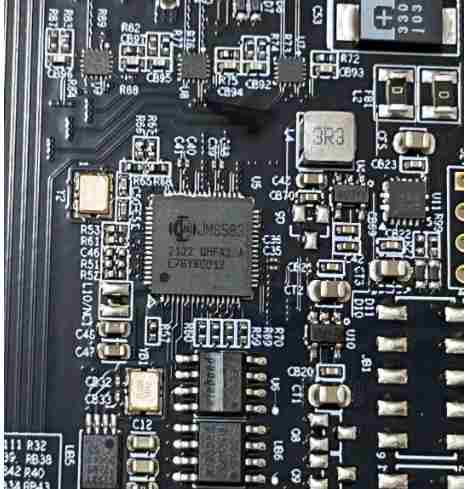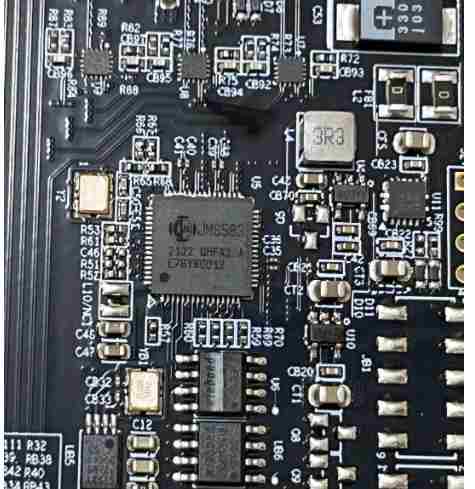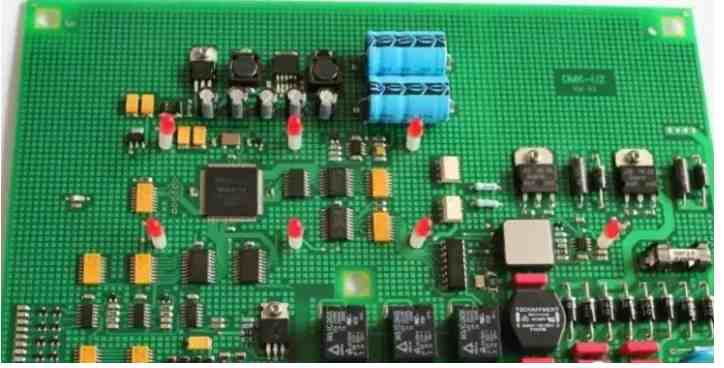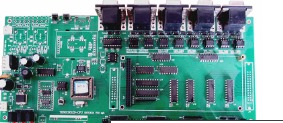
PCB board bending and warping causes and improvement measures
The bending or warping of a PCB board is usually caused by one or a combination of the following reasons:
1. Temperature change: Temperature change will cause thermal expansion or contraction of PCB board. If the two sides of the sheet are not affected by the same heat, it will cause the sheet to bend or warp.
2. Uneven plating: Uneven plating may cause the thickness of the copper layer on one side of the plate to be larger, while the thickness of the copper layer on the other side is smaller. This causes the sheet to deform.
3. Uneven PCB board thickness: If the thickness of the PCB board is not uniform, it may lead to bending or warping of the board. This can be due to material changes in production or changes in the pressure of the sheet.
4. Improper plate size: If the size of the PCB board is incorrect, it may lead to bending or warping of the plate. This can be due to a mistake in the design or an error in the manufacturing process.
5. Uneven welding: If the components on the board are not welded evenly, it may lead to bending or warping of the plate. This can be due to errors in manufacturing or problems during assembly.
6. Poor sheet quality: sheet may cause sheet bending or warping. This may be due to defects in the material or quality problems in the production process.
7. Improper processing Low quality of PCB board: If the error in the processing of the plate is too large, it may cause the plate to bend or warp. This may be due to errors in the machining process or machine failure.
8. PCB board material issues: The material used in the PCB board may not be suitable for manufacturing requirements, which may cause the board to bend or warp.
9. PCB board design problems: design problems may cause the board to bend or warp. This may be due to some factors not considered by the designer or due to errors in the design process.
10. Mechanical stress: During transportation, installation or use, mechanical stress may cause bending or warping of the PCB board.
In order to avoid bending or warping of the PCB board, the following measures should be taken:
1. Choose the appropriate sheet thickness and size: When designing the PCB, the appropriate sheet thickness and size should be selected according to the actual needs to ensure that the sheet can withstand the expected load, and there will be no excessive bending or warping.

2. Pay attention to plating uniformity: In the manufacturing process of the PCB board, it should be ensured that the plating is uniform to avoid the problem that the copper layer on one side of the plate is too thick and the other side is too thin, resulting in bending or warping of the plate.
3. Control processing error: In the processing of PCB board, the error should be strictly controlled to ensure that the size and shape of the board meet the design requirements and avoid excessive bending or warping problems.
4. Reasonable arrangement of components: In the design and assembly process of the PCB board, the location and spacing of components should be reasonably arranged to avoid the uneven distribution of components on the plate, resulting in bending or warping of the plate.
5. Control welding temperature and time: In the welding process of the PCB board, the welding temperature and time should be controlled to avoid excessive heating or heating time is too long, resulting in bending or warping of the plate.
6. Pay attention to temperature changes: During the use and storage of the PCB board, attention should be paid to temperature changes to avoid bending or warping caused by the thermal influence of different sides of the board.
7. Increase the support structure: In the design and assembly process of the PCB board, the support structure can be increased to enhance the stiffness of the plate and avoid bending or warping of the plate.
8. Increase the frame or frame: In the design and assembly process of the PCB board, the frame or frame can be increased to enhance the stability and stiffness of the plate and avoid bending or warping of the plate.
In short, the bending or warping of the PCB board is caused by a combination of factors. In order to avoid this problem, it is necessary to take corresponding measures in the design, manufacturing, assembly and use of PCB board, and strictly control the quality and error of each link to ensure the quality and stability of the board.







